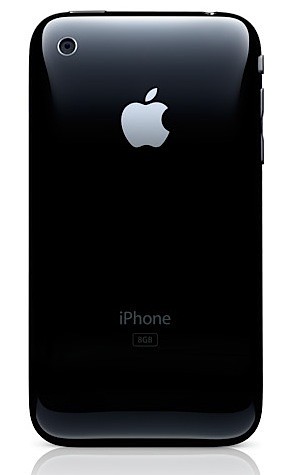 In a new PFF essay, my colleague Barbara Esbin and I address a recent petition filed by the Rural Cellular Association (RCA) asking the FCC to prohibit exclusive arrangements between wireless handset producers and carriers. The RCA petition claims that large wireless companies have an unfair market advantage by giving their customers exclusive access to certain advanced smart phones, such as the Apple/AT&T iPhone—and that this anticompetitive practice is harmful to rural consumers served by RCA members.
In a new PFF essay, my colleague Barbara Esbin and I address a recent petition filed by the Rural Cellular Association (RCA) asking the FCC to prohibit exclusive arrangements between wireless handset producers and carriers. The RCA petition claims that large wireless companies have an unfair market advantage by giving their customers exclusive access to certain advanced smart phones, such as the Apple/AT&T iPhone—and that this anticompetitive practice is harmful to rural consumers served by RCA members.
In its last statistical report on competition in the mobile wireless marketplace, the FCC noted, “99.8 percent of the total U.S. population may obtain service from one or more CMRS providers; more than 95 percent live in areas with at least three CMRS providers competition to offer service; more than half the population lives in areas with at least five competing providers; and that 99.3 percent of consumers living in rural areas (approximately 60.6 million people) have a choice of one or more mobile carriers.†The elimination of the largest regional carrier (with fewer than a fifth as many customers as Verizon) should not appreciably reduce this wealth of choices available to consumers.
We also explain the virtues—or at least, the practical necessity—of exclusivity: such arrangements ultimately benefit all consumers by allowing handset manufacturers (i) to fund expensive development efforts for new mobile products through revenue-sharing and (ii) to develop truly innovative devices by ensuring that new services function properly on the provider's network. We note that small carriers have been able to negotiate exclusive handset deals in the past by pooling their buying power and we suggest that RCA's members should attempt to do the same today, rather than asking the FCC to ban exclusive arrangements. Also noteworthy is Apple’s movement away from exclusives elsewhere.
 Ultimately, what enables technological innovations such as the iPhone are business model innovations such as Apple's revolutionary partnership with AT&T. The ongoing evolution of that relationship demonstrates the dynamism of the wireless marketplace: Apple announced yesterday that it had extended its exclusive arrangement with AT&T, with AT&T now paying Apple more up front for the 3G HSDPA phones instead of sharing data plan revenue as with the EDGE iPhone. A $10/month increase in data plan rates will allow AT&T to reduce the price of new iPhones by $100, increasing AT&T’s subsidy to consumers.
Ultimately, what enables technological innovations such as the iPhone are business model innovations such as Apple's revolutionary partnership with AT&T. The ongoing evolution of that relationship demonstrates the dynamism of the wireless marketplace: Apple announced yesterday that it had extended its exclusive arrangement with AT&T, with AT&T now paying Apple more up front for the 3G HSDPA phones instead of sharing data plan revenue as with the EDGE iPhone. A $10/month increase in data plan rates will allow AT&T to reduce the price of new iPhones by $100, increasing AT&T’s subsidy to consumers.
Cynics will likely point out that an extra $10/month represents an effective increase of $140 for the total cost of AT&T's minimum two-year contract (including the $100 price reduction but ignoring the time value of money). But then, someone has to pay for the cost of developing the 3G and upgrading AT&T’s 2.5G EDGE network to the higher-speed 3G HSDPA network. Yet despite the importance of experimentation with pricing and business models, RCA would have the government ban certain business models in favor of others. As we conclude: "the FCC should let the competitive forces of the wireless and handset markets continue to produce devices like the iPhone unhindered by intrusive and unnecessary government intervention."